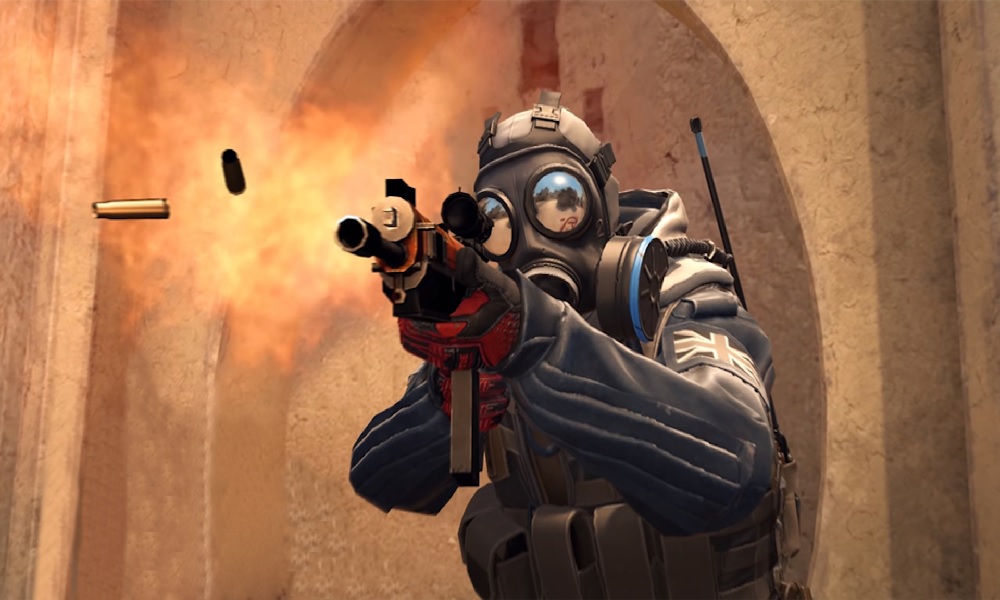
The Evolution of CS:GO Over the Years
Introduction:
Counter-Strike: Global Offensive (CS:GO) has come a long way since its release in 2012. As one of the most popular first-person shooter games, CS:GO has undergone significant changes and improvements over the years, shaping it into the competitive powerhouse it is today. In this blog post, we will explore the evolution of CS:GO, highlighting the key milestones, gameplay updates, and community-driven developments that have shaped the game’s legacy.
The Foundation: CS 1.6 and Source:
CS:GO’s roots can be traced back to the earlier iterations of the game, Counter-Strike 1.6 and Counter-Strike: Source. These versions established the fundamental mechanics and gameplay principles that still define CS:GO today. With a focus on teamwork, precise gunplay, and objective-based gameplay, these earlier versions laid the foundation for CS:GO’s evolution. https://csgoradar.com/
CS:GO Release and Competitive Revival:
CS:GO was officially released in August 2012, introducing updated graphics, enhanced gameplay mechanics, and new features. Valve Corporation aimed to revitalize the competitive scene, and CS:GO’s release marked a turning point for the franchise. The game received mixed reactions initially, but Valve’s commitment to regular updates and community feedback gradually transformed CS:GO into a thriving competitive title.
Operation Updates and Map Overhauls:
Valve introduced the “Operations” system, offering players new maps, missions, and cosmetic rewards. These updates injected fresh content into the game and kept players engaged. Additionally, classic maps like Dust2 and Nuke underwent significant visual and gameplay overhauls, rejuvenating the competitive map pool and challenging players to adapt to the changes.
Spectator Experience and eSports Integration:
CS:GO made significant strides in improving the spectator experience, making it more enjoyable for both players and viewers. The addition of the “GOTV” feature allowed users to spectate live matches, enabling community-led tournaments and the growth of eSports. Valve’s support for major CS:GO tournaments, such as the Intel Extreme Masters and ESL One, propelled CS:GO to new heights, attracting a massive global audience.
Weapon Balance and Gameplay Updates:
Balancing weapons and gameplay mechanics has been an ongoing process in CS:GO. Valve actively listens to player feedback and releases regular updates to improve game balance and address issues. Over the years, several weapons received adjustments to encourage diverse playstyles and counter strategies, ensuring a more dynamic and engaging gameplay experience.
The Rise of Skins and Market Economy:
One of the most significant innovations in CS:GO was the introduction of weapon skins. Skins allowed players to customize their weapons’ appearance, leading to a surge in community creativity and market activity. CS:GO’s market economy grew rapidly, with players trading, buying, and selling skins, creating a unique ecosystem within the game.
Panorama UI and Quality of Life Improvements:
In 2018, Valve introduced the Panorama UI, a complete overhaul of the game’s user interface. The new UI provided a sleeker and more intuitive design, improving navigation and enhancing the overall user experience. Alongside the UI update, Valve implemented numerous quality of life improvements, addressing player concerns and streamlining various aspects of the game.
Trusted Mode and Anti-Cheat Measures:
To combat cheating and maintain the integrity of the competitive environment, Valve introduced Trusted Mode in 2020. This feature enhanced the game’s anti-cheat measures and increased the security of CS:GO’s ecosystem. While cheaters remain an ongoing challenge, Valve’s continued efforts in combating cheating have shown their commitment to ensuring fair gameplay.
Introduction of Battle Royale Mode – Danger Zone:
In 2018, CS:GO surprised the gaming community with the introduction of Danger Zone, a battle royale mode. Taking inspiration from popular battle royale games, Danger Zone brought a new twist to CS:GO’s gameplay, pitting players against each other in an intense fight for survival. Although not as prominent as the traditional competitive mode, Danger Zone provided a fresh experience for players seeking a different kind of challenge.
Continuous Community Involvement and Future Developments:
Throughout its evolution, CS:GO owes much of its success to the dedicated community. Valve’s active engagement with the community, listening to feedback, and involving players in various aspects of the game’s development have contributed to its longevity. Looking ahead, Valve’s commitment to updates, competitive tournaments, and fostering a vibrant community suggests a promising future for CS:GO.
Conclusion:
CS:GO has evolved significantly since its release, transforming from a revamped iteration of a beloved classic into a global eSports phenomenon. Valve’s commitment to improving gameplay, addressing community concerns, and supporting the competitive scene has propelled CS:GO to new heights. As the game continues to evolve, it remains a testament to the power of community-driven development and the enduring appeal of tactical team-based gameplay. With a dedicated player base and an exciting future ahead, CS:GO stands strong as a staple in the world of competitive gaming.











